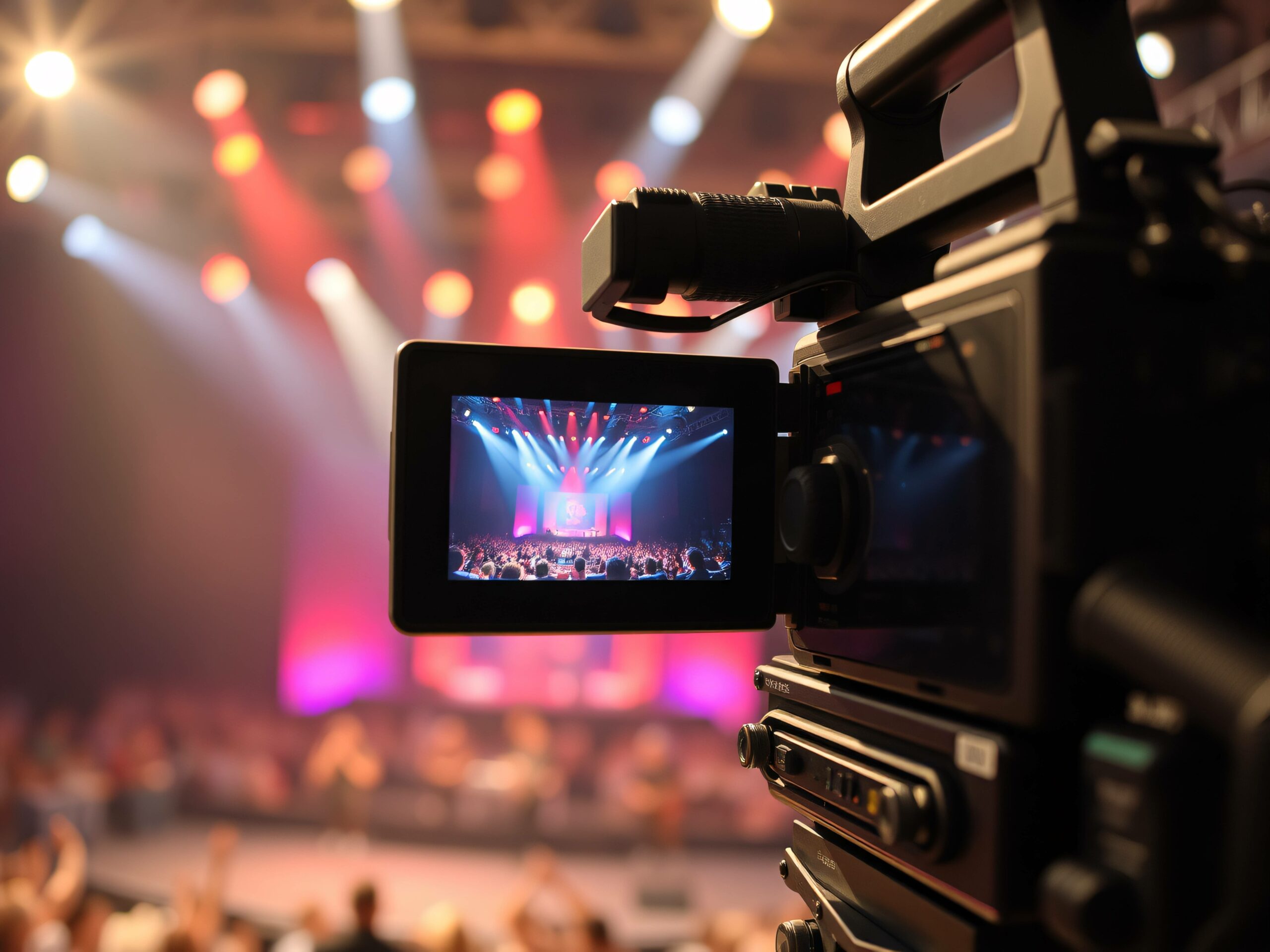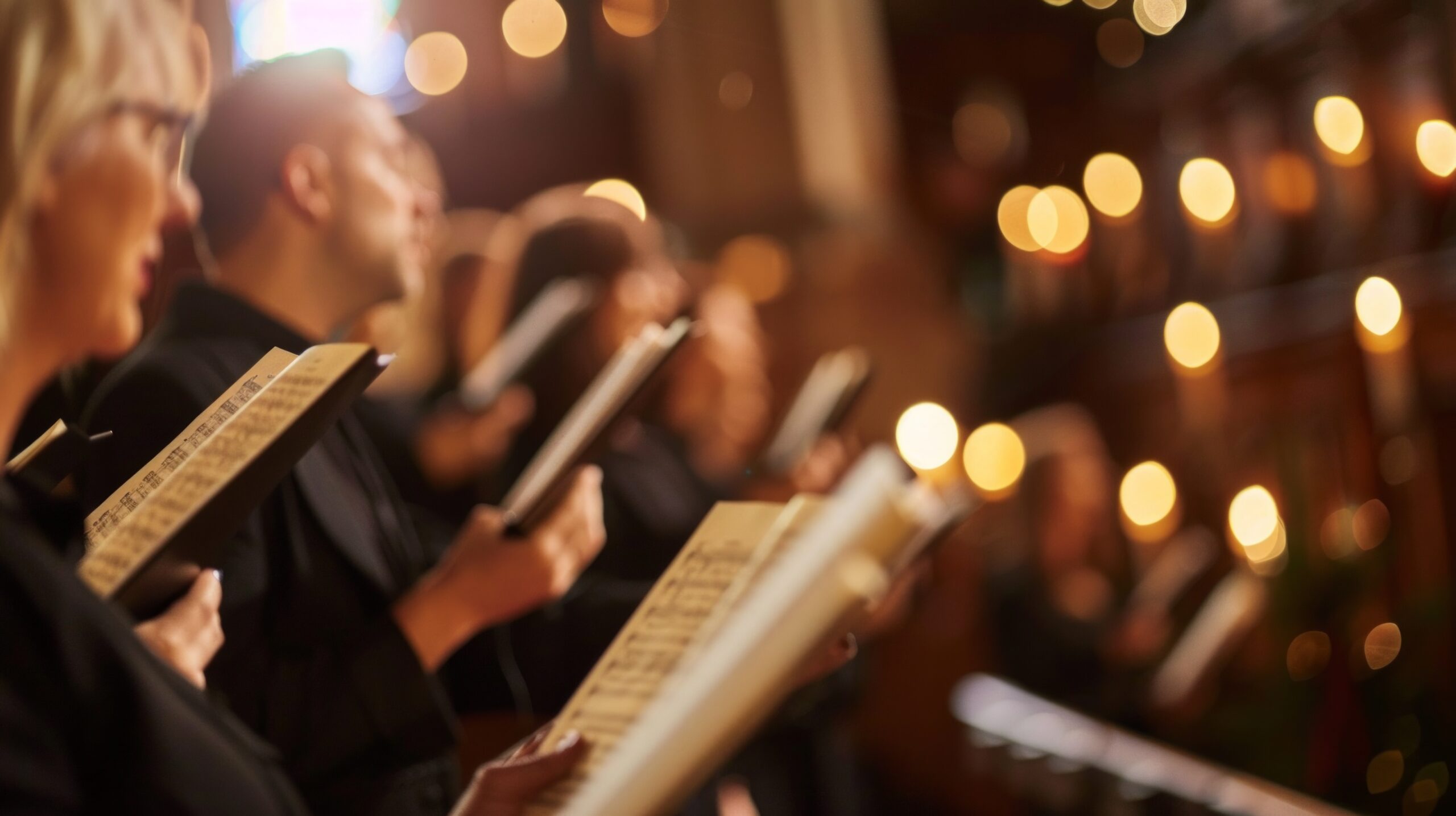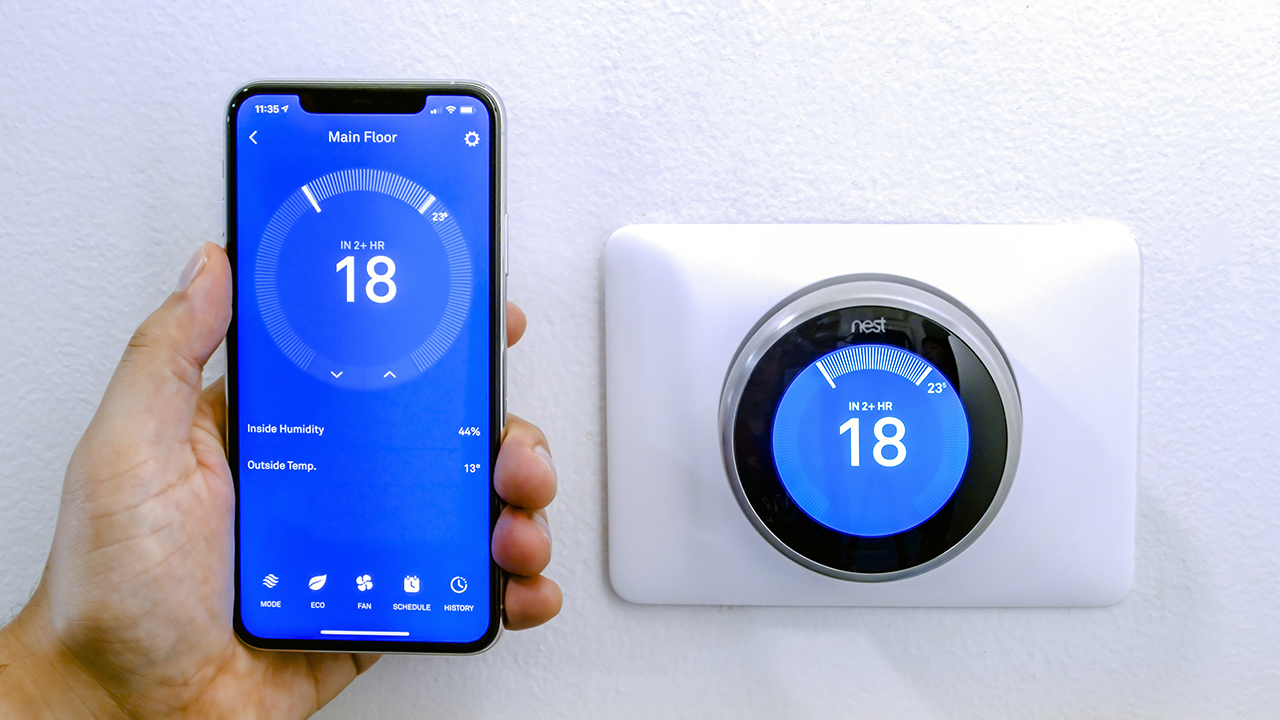Multi-Camera Setups: Enhance Church Live Streams
As churches continue to embrace digital technology, live streaming has become an essential tool for reaching congregations beyond physical walls. A single-camera setup may suffice for basic streaming, but a multi-camera setup significantly enhances the production quality, making online worship services more engaging, dynamic, and immersive.
A well-planned multi-camera system allows churches to capture different angles, close-ups, wide shots, and reaction shots, providing an experience that closely mirrors an in-person service. This article explores the benefits, key components, setup strategies, and best practices for implementing a multi-camera setup in your church live stream.
Why Choose a Multi-Camera Setup for Church Live Streaming?
1. Enhanced Engagement
A single static camera can feel monotonous, but a multi-camera setup keeps viewers engaged by offering different perspectives, such as:
- Close-ups of the pastor or speaker
- Wide shots capturing the congregation
- Focus on the worship team during musical performances
- Reaction shots showing audience participation
Switching between these angles maintains visual interest, keeping online viewers immersed in the service.
2. Professional-Looking Production
Multiple cameras create a polished and cinematic feel, making your church’s live stream more appealing and professional. This improved production quality can help retain online viewers and encourage them to return.
3. More Inclusive Worship Experience
A multi-camera setup enables churches to bring distant or homebound members closer to the live experience. By capturing different perspectives, churches can ensure a more immersive and meaningful worship experience for all.
4. Increased Storytelling Ability
Switching between camera angles allows churches to highlight key moments, such as:
- The emotional expressions of a sermon
- Baptisms and special ceremonies
- The congregation’s participation
- Choir and musical performances
This ability to tell a compelling visual story makes the service more impactful.
5. Seamless Transitions & Flexibility
With multiple cameras, transitions between different moments in the service become smoother. Whether it’s switching from the pastor to a worship leader or from the sermon to audience reactions, a multi-camera setup ensures a seamless flow.
Key Components of a Multi-Camera Setup
1. Cameras
Investing in high-quality cameras is crucial. Options include:
- DSLR/Mirrorless Cameras: Excellent image quality but require capture cards.
- Camcorders: Reliable and easy to use.
- PTZ (Pan-Tilt-Zoom) Cameras: Ideal for churches due to remote control capabilities.
- Webcams: Budget-friendly but limited in quality.
2. Video Switcher
A video switcher (hardware or software) is essential for switching between camera feeds smoothly. Popular options include:
- Blackmagic ATEM Mini Pro (affordable and user-friendly)
- Roland V-1HD
- vMix (software-based solution)
- OBS Studio (free option with plugin support)
3. Audio Equipment
Clear audio is as important as video quality. Consider:
- External microphones (lavalier, shotgun, or handheld)
- Audio mixer to blend various sound sources
- Digital Audio Interface for seamless connection to streaming software
4. Streaming Software
Software is needed to manage and broadcast the live stream. Recommended choices include:
- OBS Studio (Open Broadcaster Software)
- vMix
- Wirecast
- Ecamm Live (for Mac users)
5. Capture Cards
If using DSLRs or camcorders, capture cards are required to convert video signals for streaming. Recommended options:
- Elgato Cam Link 4K
- Blackmagic Design DeckLink
6. Lighting Setup
Good lighting enhances video quality. Soft LED lights or three-point lighting setups are ideal for illuminating subjects without harsh shadows.
Setting Up a Multi-Camera System
Step 1: Choose the Right Camera Positions
Strategically placing cameras ensures the best coverage. Common positions include:
- Main Camera (Wide Shot): Fixed, straight-on view of the stage.
- Close-Up Camera: Focused on the speaker or worship leader.
- Side Angle Camera: Adds variety, capturing worshipers or musicians.
- Audience Reaction Camera: Engages viewers by showing congregation participation.
Step 2: Connect Cameras to the Video Switcher
Use HDMI, SDI, or USB connections to route cameras into the video switcher. Ensure cables are long enough and properly managed.
Step 3: Integrate Audio Sources
Feed audio from the church’s sound system into the video switcher or directly into the streaming software for high-quality sound.
Step 4: Test and Adjust
Run test streams to check video and audio quality. Adjust lighting, camera angles, and transitions to optimize the experience.
Step 5: Go Live!
Once everything is fine-tuned, start streaming to platforms like YouTube, Facebook Live, or Church Online Platform.
Best Practices for Multi-Camera Church Live Streaming
✅ Train Your Volunteers
Ensure your AV team is familiar with camera operation, switching techniques, and streaming software.
✅ Use Smooth Transitions
Avoid jarring cuts; use fades and dissolves for a seamless experience.
✅ Monitor Internet Speed
A stable internet connection (minimum 10 Mbps upload speed) is crucial for smooth streaming.
✅ Engage Your Online Audience
Encourage live interaction through comments, prayer requests, and digital connection cards.
✅ Record and Repurpose Content
Save live streams for later use, sharing key sermon moments on social media or YouTube.
✅ Perform Regular Equipment Maintenance
Keep cameras, cables, and software updated to prevent technical issues.
Conclusion
A multi-camera setup significantly enhances church live streams, creating a more professional, engaging, and immersive worship experience. By incorporating multiple camera angles, high-quality audio, and smooth transitions, churches can better connect with their online congregation and extend their reach.
Investing in the right equipment, training volunteers, and following best practices will ensure a seamless and impactful live streaming experience that keeps viewers engaged and spiritually connected. Whether your church is new to live streaming or looking to upgrade, a multi-camera setup is a powerful way to enhance your digital ministry.
editor's pick
News via Inbox
Stay ahead in the fast-evolving world of church technology with our Newsletter! By subscribing, you will gain access to a wealth of information and resources designed to keep you informed and empowered.






